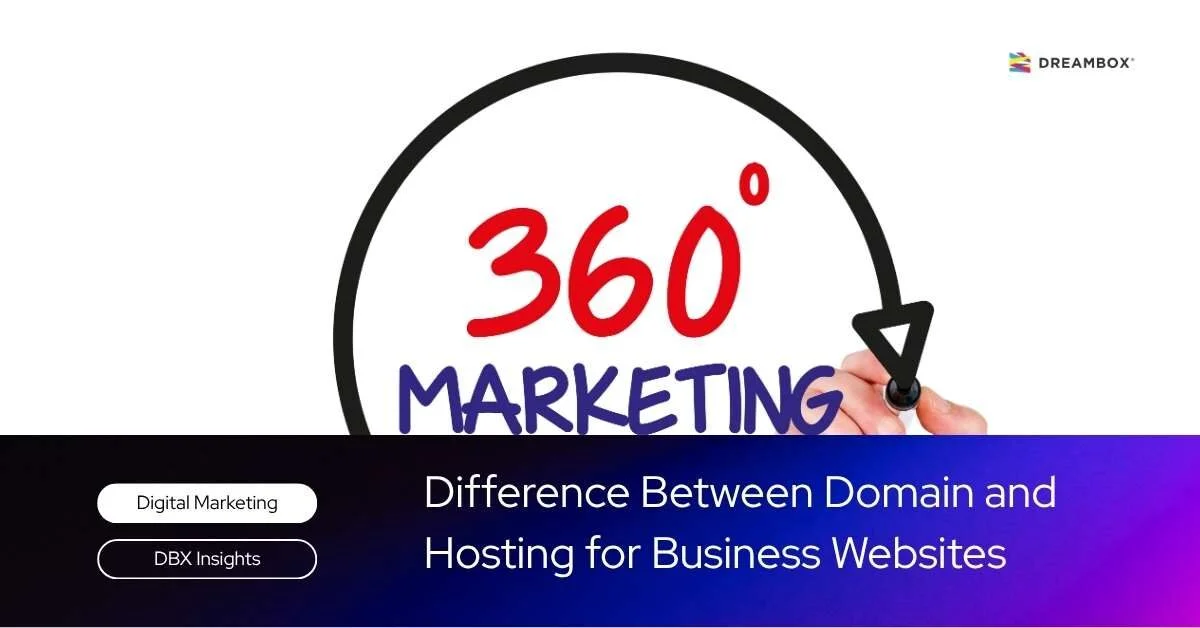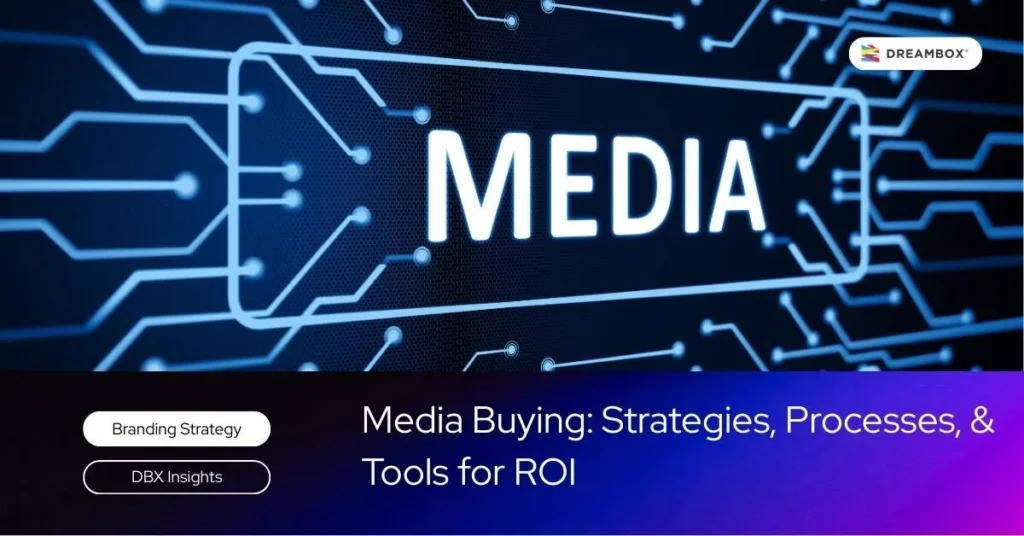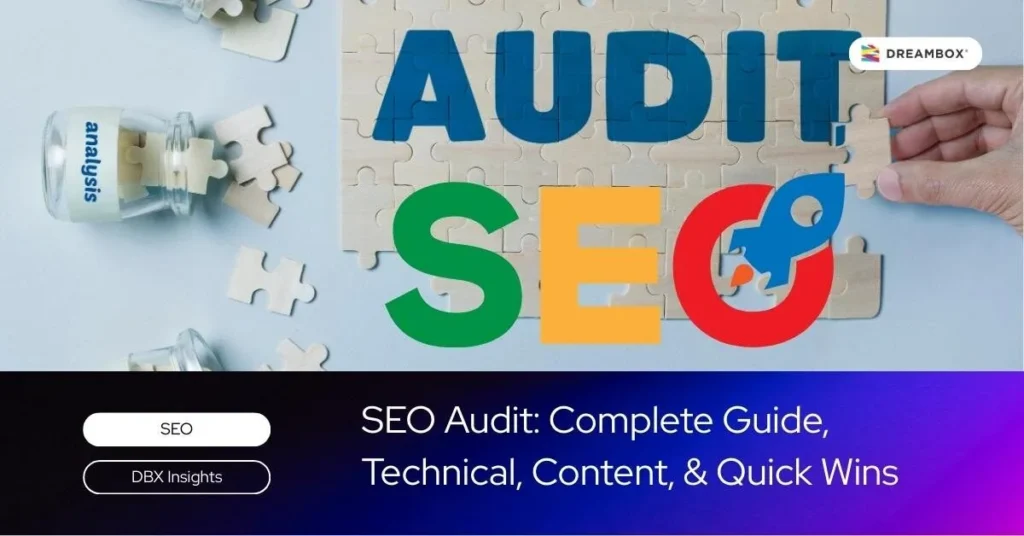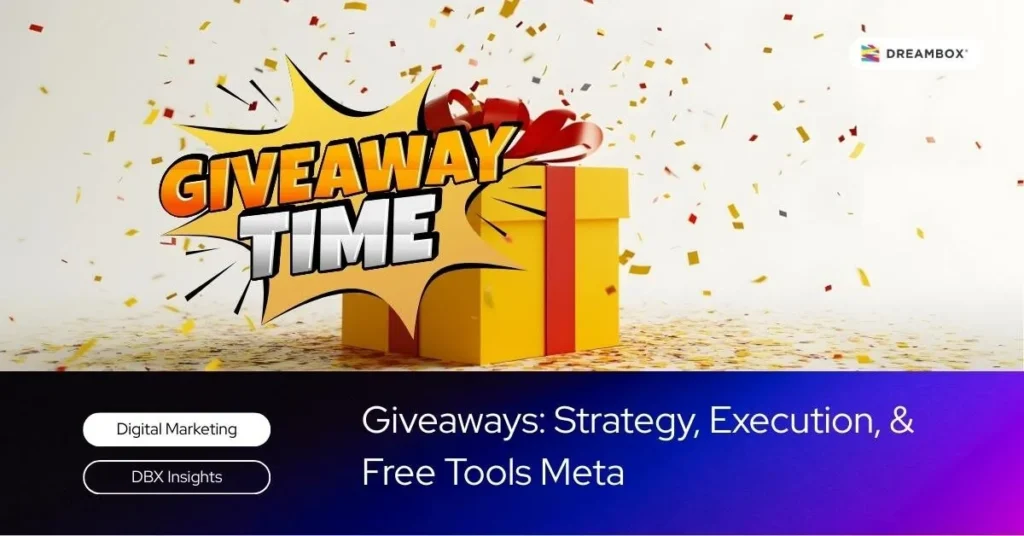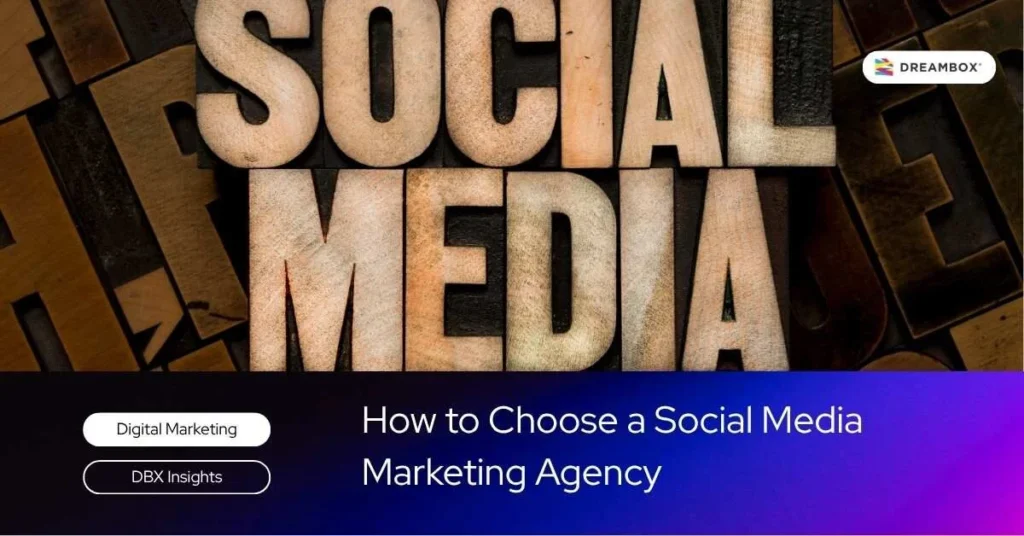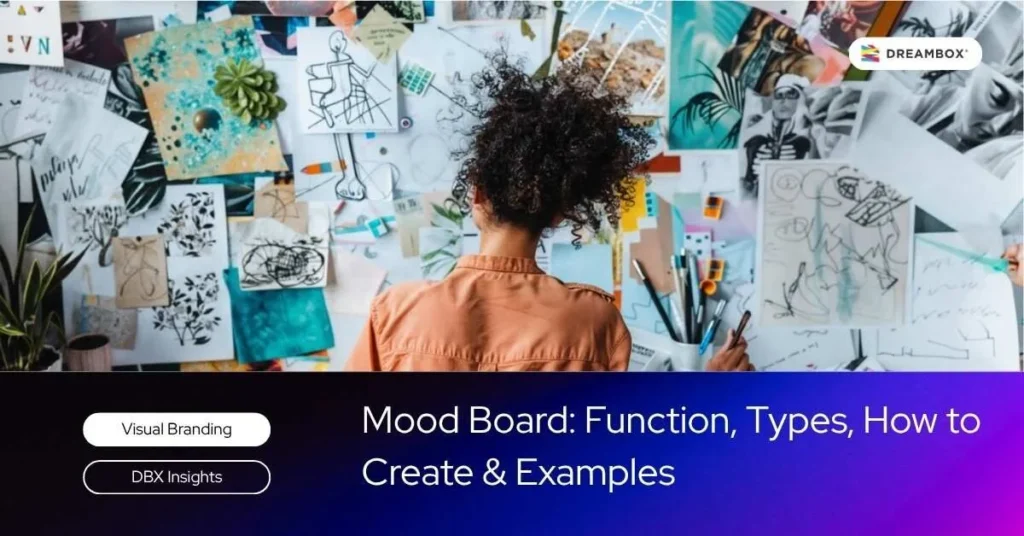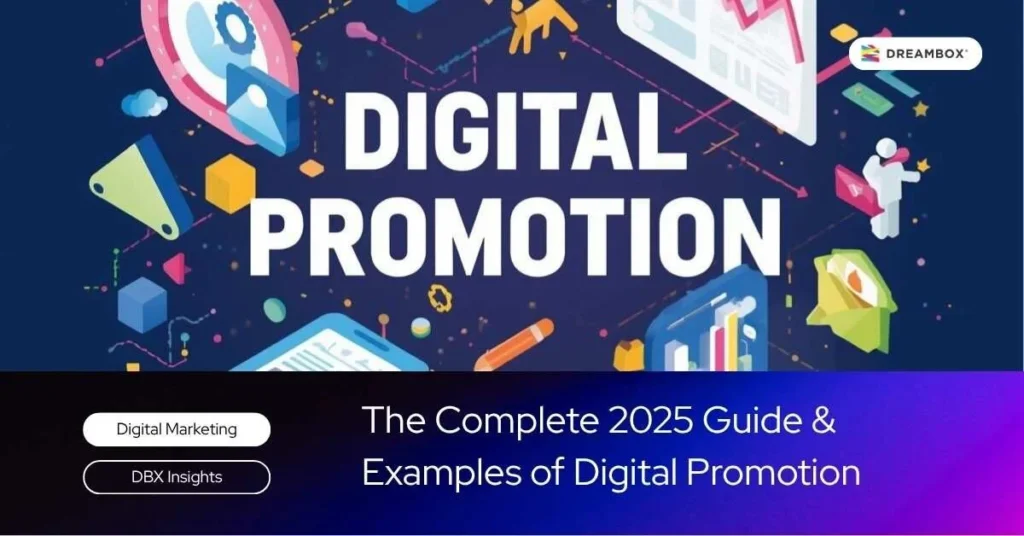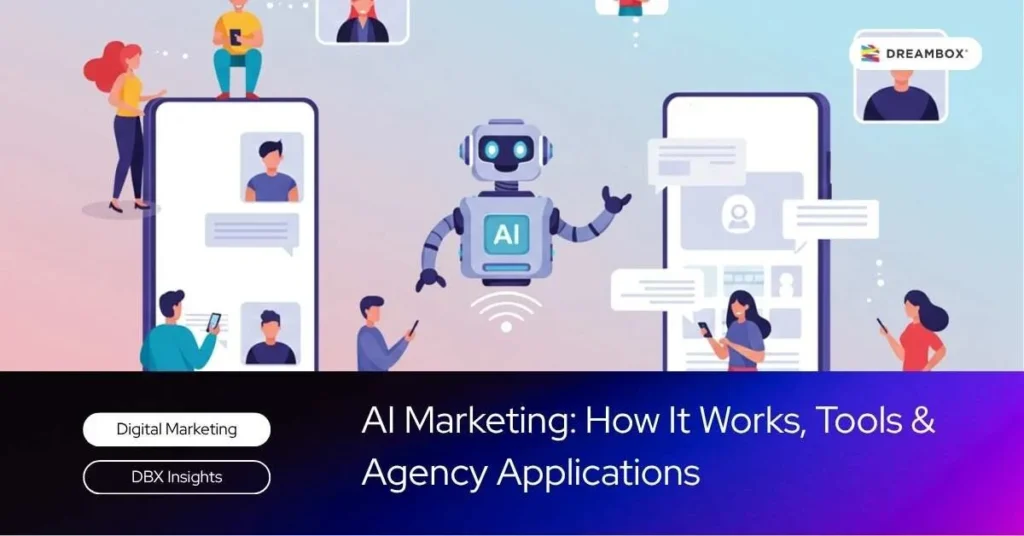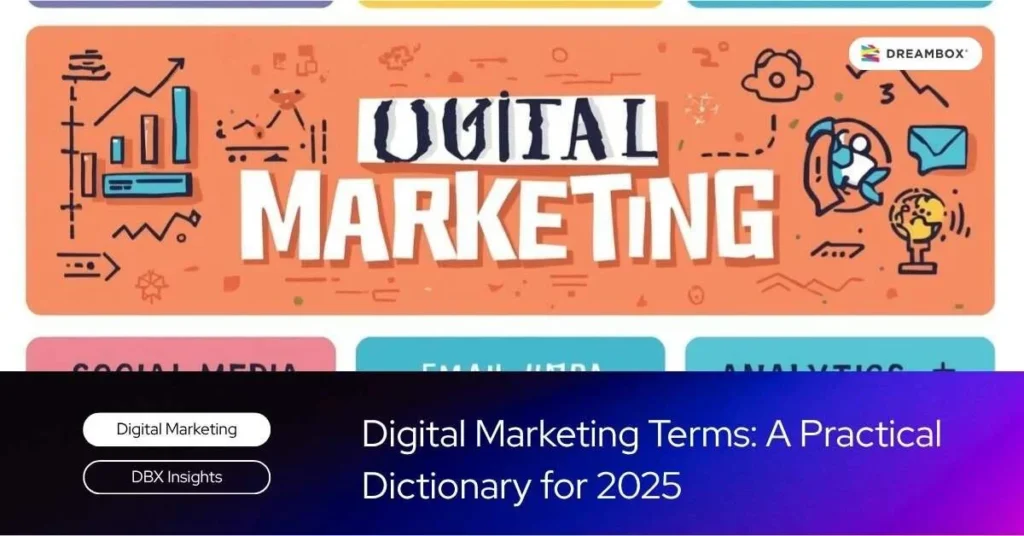A 360 marketing strategy has become a crucial approach for modern businesses to comprehensively reach their audience amidst the crowded digital and physical landscape. By integrating messages across various channels, companies can build a strong and consistent brand narrative.
However, to execute it effectively, it’s important to first understand its basic concepts, from its definition and principles to its differences from other approaches. This article will thoroughly cover everything you need to know to build and execute a successful 360 marketing strategy.
Read more about the role and function of a Best Digital Marketing Agency here.
What Is 360 Marketing? (Definition and Basic Concepts)
360 marketing is the orchestration of a consistent brand message and experience across all online and offline touchpoints in an always-on, integrated manner. Its main goals are consistency, contextual relevance, and tangible business results: acquisition, retention, and increased lifetime value (LTV).
Unlike fragmented single-channel campaigns, a 360 approach provides narrative control across channels, efficiency in creative asset reuse, and a seamless experience from awareness to advocacy. In practice, this approach combines paid, owned, and earned media, relying on centralized measurement so that each channel reinforces the others instead of working in isolation.
Schedule a free 30-minute branding consultation session with our experts.
Principles and Goals
The three key principles are: consistency of brand assets, relevance of content to the channel/audience, and centralized measurement. The goal is to close gaps in the customer journey from awareness, consideration, and conversion, to advocacy so that every interaction moves a prospect one step forward.
The Difference Between 360 Marketing, Omnichannel, and IMC
The focus of 360 marketing is on campaigns and always-on programs across channels to drive performance throughout the entire funnel. Omnichannel emphasizes a seamless customer experience between channels, particularly in sales and service processes (e.g., synchronizing inventory, checkout, and service).
IMC (Integrated Marketing Communications) focuses on the alignment of messages across different media. An Indonesian scenario example: a new product launch with a TV–digital–KOL mix (360), synchronizing store and marketplace stock (omnichannel), and ensuring message uniformity between a TV spot and digital ads (IMC).
When to Choose Each Approach
Choose 360 when you are aiming for a comprehensive impact across the funnel. Choose omnichannel when the priority is integrating sales and service for a smooth customer journey. Use IMC when the main need is to unify a message across media without complex funnel orchestration.
Channels and Media Mix: ATL, BTL, TTL
- ATL (Above The Line): TV, radio, OOH/DOOH — broad reach, relatively higher cost, limited precision.
- BTL (Below The Line): Activations, CRM, email/SMS/WhatsApp Business — high precision, direct relationships, limited reach.
- TTL (Through The Line): Paid digital ads, content, KOLs — a combination of reach and precision, highly dependent on creative quality and targeting.
Local examples: TikTok/Instagram/YouTube, marketplaces (Tokopedia/Shopee), live commerce, PR/events. Ensure that CTAs and brand assets are consistent so that each channel reinforces the others.
Creative Consistency Across Channels
Quick checklist:
- Consistent logo/symbols, colors, and tagline
- Unique CTAs per objective (awareness vs. conversion)
- Variations in asset sizes (feed, story, DOOH), duration, and ratios
- Guidelines for a tone of voice and copy that are easy to understand
Steps to Create a 360 Marketing Plan
- Audience Research: Personas, needs, pain points.
- Journey Mapping: Awareness–consideration–conversion–retention.
- Set SMART objectives and KPIs for each stage.
- Choose priority touchpoints: Marketplace, social media, search, OOH, events.
- Develop a budget mix for ATL/BTL/TTL and a portion for testing & learning (e.g., 70/20/10 model).
- 90-day Timeline: Always-on activities + burst campaigns for key moments like Ramadan or Harbolnas (10.10–12.12).
- Simple RACI Chart: Owner, Marketing, Sales, Agency.
- SOP for creative approvals and execution SLAs to be agile yet controlled.
90-Day Template and RACI
Use a 90-day Gantt chart (with weekly milestones), a RACI column for each activity (channel setup, creative, media buy, reporting), and a list of risks with mitigation plans. Add a “freeze window” before a campaign peak for stable execution.
KPIs, Tracking, and Attribution
KPIs per funnel stage:
- Awareness: Reach, frequency
- Consideration: CTR, view rate, engagement
- Conversion: CVR, CPA/CAC, ROAS
- Retention: Repeat rate, CLV/LTV, churn
- Technical setup: GA4 with Google Tag Manager, UTM parameters, app pixels/SDKs, CRM/CDP integration, and a Looker Studio dashboard for consolidated reporting. Attribution models: Last-click vs. data-driven attribution (DDA) is available in GA4/Google Ads and uses machine learning to assess the contribution of each touchpoint.
For offline channels, many businesses consider Marketing Mix Modeling (MMM), while Multi-Touch Attribution (MTA) is common across digital channels. Conduct A/B tests (creative, audience, bidding) and perform weekly/monthly evaluations for guided iterations.
Indonesian Case Study: Hypothetical 360 Ramadan 2026 Campaign for a Retail Brand
Media Mix: 15-second TV spots + DOOH in malls, YouTube/Instagram/TikTok ads, KOL collaborations, SEM/SEO, marketplace ads + live streaming, CRM via WhatsApp Business, and bundling promos. Target KPIs: 1.5–2.5% CTR, 3–5% marketplace CVR, 15–20% sales uplift during the peak week, and a 10–15% CPA reduction from baseline. Message Orchestration:
A single Ramadan theme, consistent visuals, and different CTAs for each stage—teaser (awareness), benefit comparison (consideration), vouchers/flash sales (conversion), and CRM reinforcement for repeat purchases (retention).
Key Lessons
A single message across channels, daily data-based optimization, an adaptive creative inventory for different formats and audiences, and a CRM system that follows up on leads to drive repeat purchases.
Data Compliance and Privacy (PDP Law 2022)
Ensure explicit consent, data minimization, right to access/deletion, and secure processing of personal data in accordance with Indonesia’s PDP Law of 2022. Best practices include consent banners, preference centers, enriching first-party data (loyalty/newsletters), and documenting a Data Protection Impact Assessment (DPIA) for high-risk activities. The impact: targeting strategies will rely more on interest/context, and measurement will be based on aggregation and compliant attribution models.
Recommended Tool Stack
- GA4, Google Tag Manager, Looker Studio for analytics and reporting
- CRM/CDP for customer data
- Marketing automation (email/WA)
- Social listening and influencer platforms
- Marketplace ads manager
- Ad verification and brand safety tools
Selection criteria: strong data integration, user-friendly for small teams, transparent costs, and local support for implementation and troubleshooting.
Ready-to-Use Templates and Checklists
Include practical attachments:
- Campaign brief template
- 90-day Gantt chart
- RACI chart
- ATL/BTL/TTL budget sheet
- Offline–online integration checklist (store, OOH, live commerce, WA)
- Cross-channel asset specifications (sizes, duration, ratios, subtitles)
These documents accelerate cross-team alignment and minimize rework.
Scale Your 360 Marketing Strategy with Dreambox
360 marketing is key to unifying your message, optimizing spend, and driving measurable business results from awareness to retention. With a clean data foundation, consistent creative, and the right attribution, Dreambox is ready to help you continuously improve performance.
Entrust your campaign orchestration to Dreambox’s 360 Digital Marketing Services, supported by other comprehensive services like SEO, Google Ads, and Website Development.
If you are unsure about choosing priority channels or want to discuss your strategy further, feel free to schedule a free consultation with our expert team. For additional knowledge, you can also explore the latest insights on branding and digital marketing at DBX Insight.

